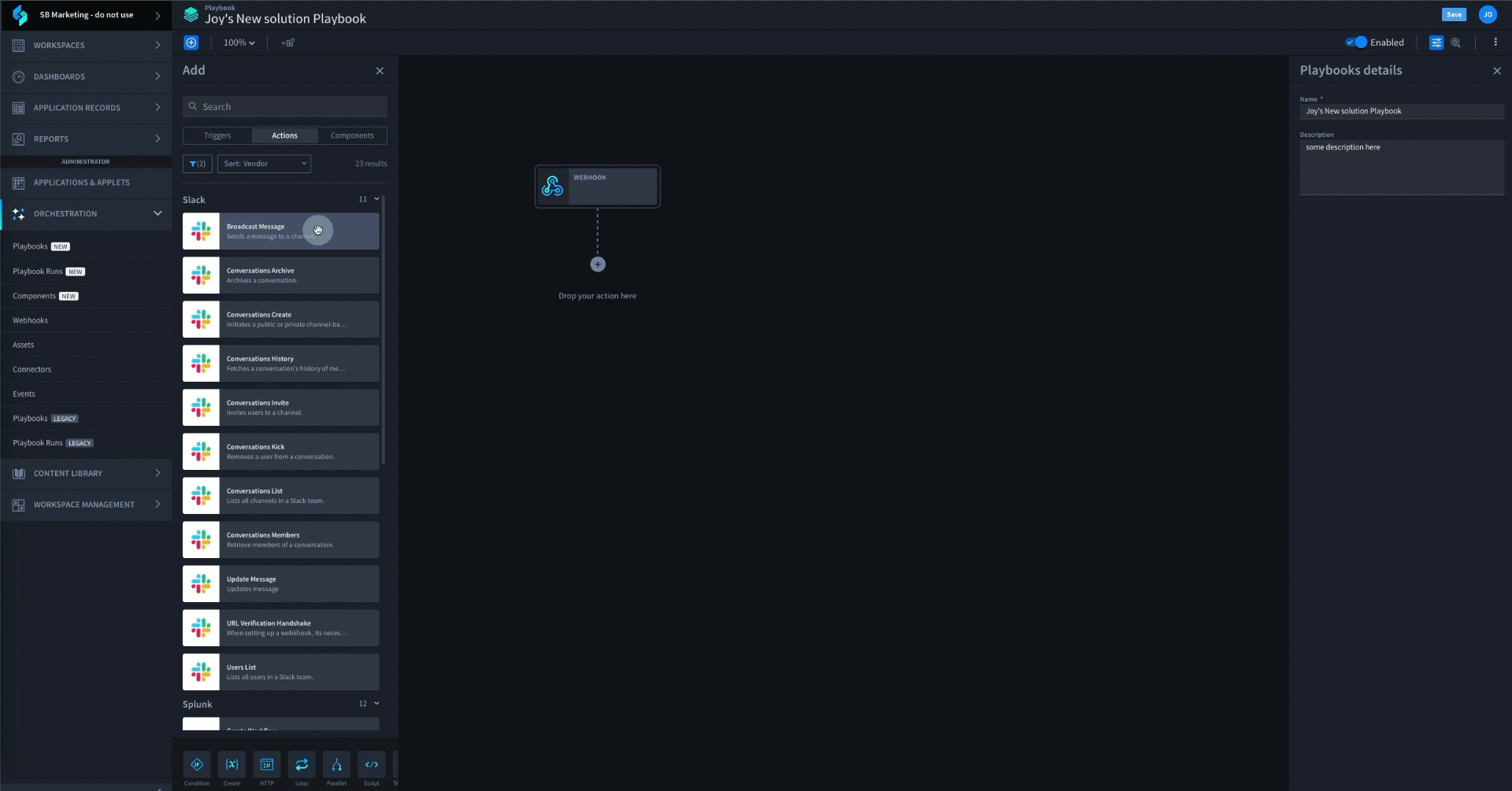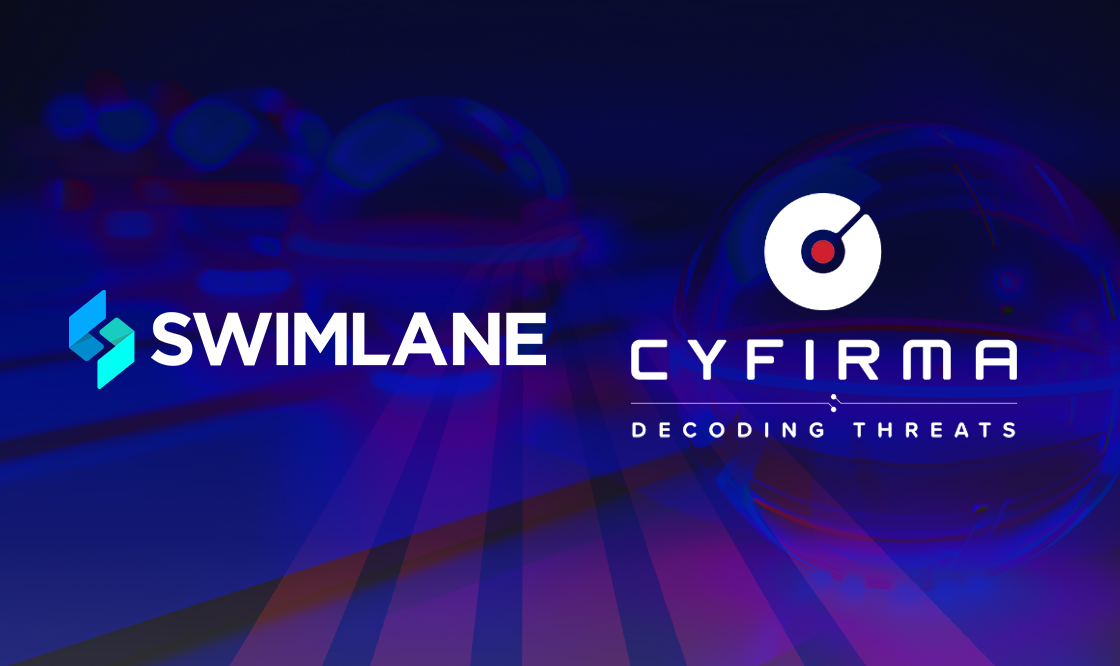What is Third-Party Risk Management?
In the complex realm of contemporary business, where partnerships and networks sprawl far beyond organizational boundaries, the notion of third-party risk takes center stage. But let’s cut to the chase – what does it really mean? Third-party risk occurs when external partners—vendors, suppliers, or service providers—embed themselves in the fabric of business operations. That presents potential risks that can jeopardize the business.
Identifying third-party risks requires a pragmatic approach, a close examination of the ties that bind companies to external collaborators. From scrutinizing their cybersecurity protocols to ensuring compliance with regulations, evaluating financial stability, and weighing the potential fallout on your hard-earned reputation – it’s a comprehensive analysis. Think of it as a risk-conscious ritual: assessing partners’ security measures, maintaining vigilant oversight, and staying alert for any warning signs. And without automation, it can be very challenging.
The Challenges of Manually Monitoring Third-Party Risk
Manually monitoring third-party risk management is a time-consuming, resource-intensive, and never-ending task. Procurement and Risk management teams are required to meticulously analyze each third-party entity, identifying potential vulnerabilities through comprehensive scans of their systems, evaluating associated risks, prioritizing remediation efforts, and meticulously verifying the implementation of fixes. This process unfolds manually, step by step, demanding a meticulous approach to ensure the security of the organization’s ecosystem. This method comes with limitations:
- Human Error: Handling a substantial volume of vulnerabilities associated with third-party integrations manually significantly heightens the risk of human error. The potential for oversight, misconfiguration, or miscommunication increases, leading to incomplete or ineffective remediation efforts in the complex landscape of third-party risk management.
- Resource Drain: Deploying skilled security personnel to manage the intricacies of third-party vulnerabilities diverts their focus from more strategic security activities. This allocation of resources to low-level, repetitive tasks poses a challenge to the overall efficacy of the organization’s third-party risk management strategy.
- Scalability Concerns: As organizations broaden their digital footprint, managing vulnerabilities introduced by third parties becomes increasingly complex. The growing number of integrated devices, applications, and systems amplifies the difficulty of manually addressing third-party risks at scale, underscoring the need for scalable and efficient third-party risk management solutions.
The Benefits of Automating Third-Party Risk Management
- Enhance Cyber Risk Awareness: Automating third-party risk management provides organizations with a heightened visibility and awareness of their third-party cyber risk posture. By streamlining the assessment process, businesses can gain insights into potential threats, exposures, vulnerabilities and the potential impact these risks may have on their overall cybersecurity landscape. This also includes any third parties that are within a specific industry or region being targeted by threat actors. This heightened awareness allows for a more proactive and strategic approach to mitigating cyber threats originating from external partners.
- Quantifiable Risk Reduction: The automation of third-party risk management contributes to a significant reduction in overall cyber risk. By gaining comprehensive visibility into the cyber risk landscape of third-party entities, organizations can proactively identify and address weaknesses in their suppliers’ digital assets. This proactive stance ensures a more secure and resilient digital ecosystem, mitigating potential threats before they escalate and protecting the integrity of the supply chain.
- Real-Time Visibility: Automation allows organizations to continuously monitor the cyber posture of their third parties so they can gain a comprehensive view of their entire supply chain and the associated risks. By having real-time visibility of the external threat environment, organizations can proactively identify vulnerabilities in their suppliers’ digital footprint and understand how these vulnerabilities could impact them. This allows for the timely detection of potential data leaks and exposures that might pose risks to the organization. Armed with cyber intelligence across their external threat landscape, any potential risks or vulnerabilities are promptly identified, minimizing the window of exposure.
- Regulatory Compliance: With increasingly stringent regulations surrounding data privacy and security, automating third-party risk management helps organizations ensure compliance with relevant laws and regulations. By maintaining a continuous monitoring and mitigation process, organizations can demonstrate their commitment to safeguarding sensitive information.
3 Criteria To Consider When Automating Third-Party Risk Management
To kickstart the automation of third-party risk management, the key is finding the right tools. When equipped with suitable solutions, overseeing and managing third-party risks becomes more straightforward. Let’s explore the criteria for selecting these essential solutions.
- Low-Code Automation Technology
Look for tools that allow the creation of tailored yet user-friendly playbooks for quick remediation actions. No two industries or companies are the same, so flexible security automation is critical. That’s why considering low-code solutions will allow security teams to be flexible enough to meet the needs of experienced users in your team while also making it straightforward for everyone.
- Real-Time Visibility
Opt for solutions providing real-time insight into the cybersecurity posture of third parties entire external digital foot print and any weaknesses or exposures, analyzed through an ETLM (External Threat Landscape Management) lens. This ensures a dynamic and up-to-date understanding of potential risks.
- Integration Capabilities
Choose tools that facilitate seamless and standard integration with other third-party insights tools. This will enable efficient alert analysis and automated responses, streamlining the overall risk management process.
Introducing Swimlane + CYFIRMA Integration
The synergistic integration of Swimlane and CYFIRMA establishes a near-real-time capability to identify digital risks. Swimlane Turbine is an AI-enabled low-code security automation platform that combines human and machine intelligence by unifying diverse workflows, telemetry sources, and collaborative teams. CYFIRMA‘s DeCYFIR external threat insights elevate organizations’ awareness by uncovering potential attack surfaces, delivering vulnerability and brand intelligence, and monitoring digital risk at scale, all at the accelerated pace of AI.
The Swimlane and CYFIRMA integration enhances security teams’ proactive monitoring, identification, assessment, and response to cyber threats. This powerful combination represents a critical step towards bolstering cyber defense mechanisms and maintaining a resilient security posture in an ever-evolving threat landscape.

Request a demo
If you haven’t had the chance to explore Swimlane Turbine yet, request a demo.


